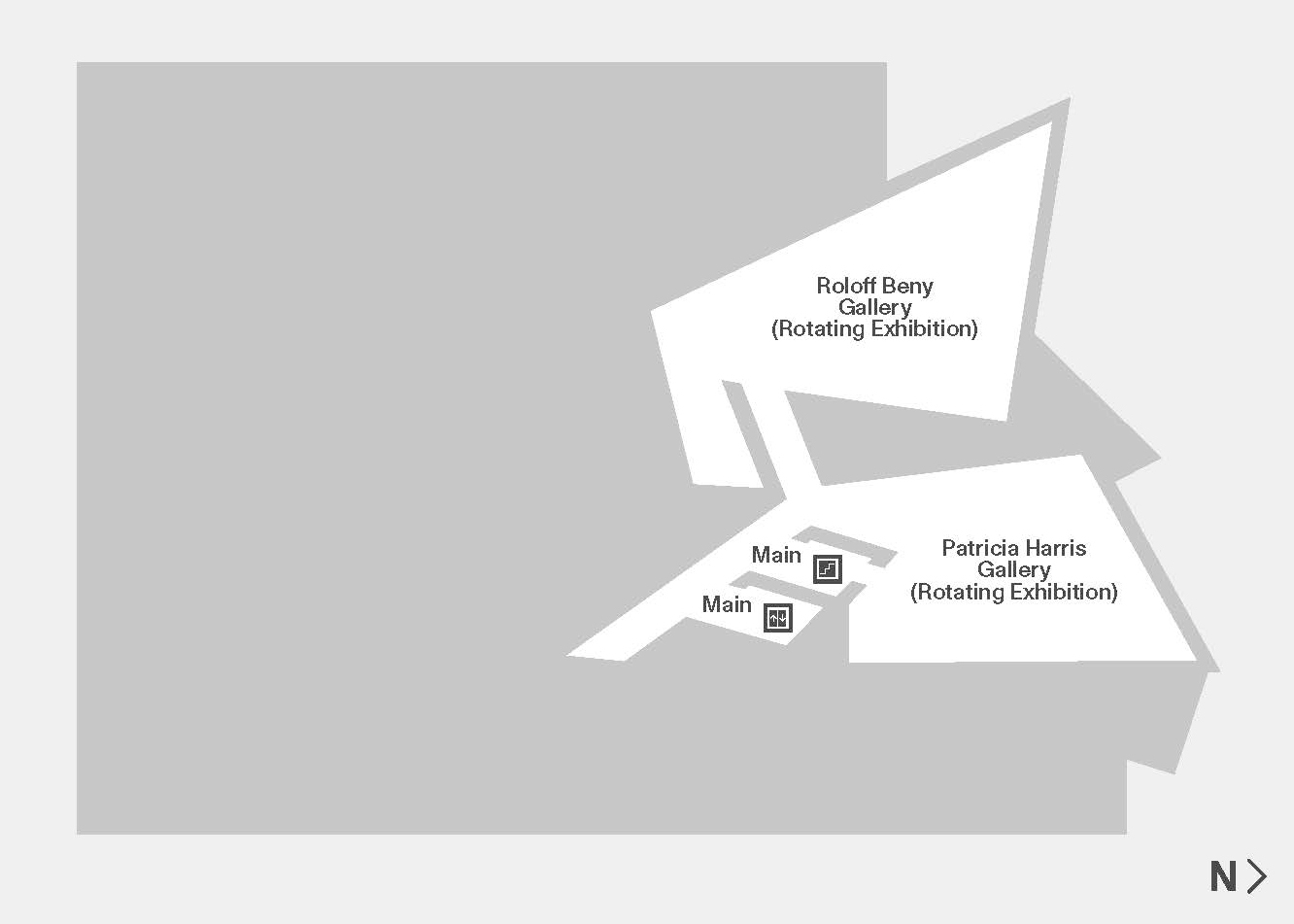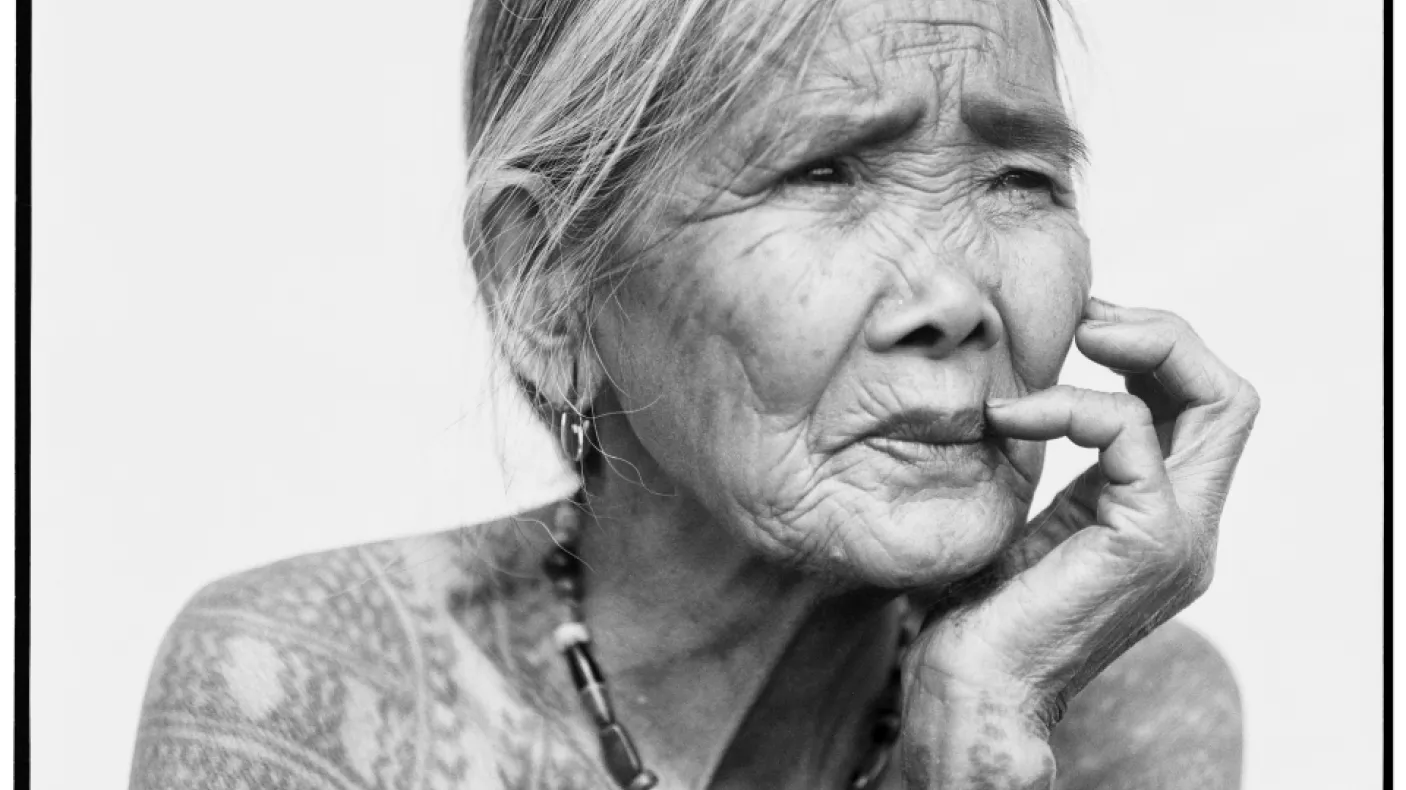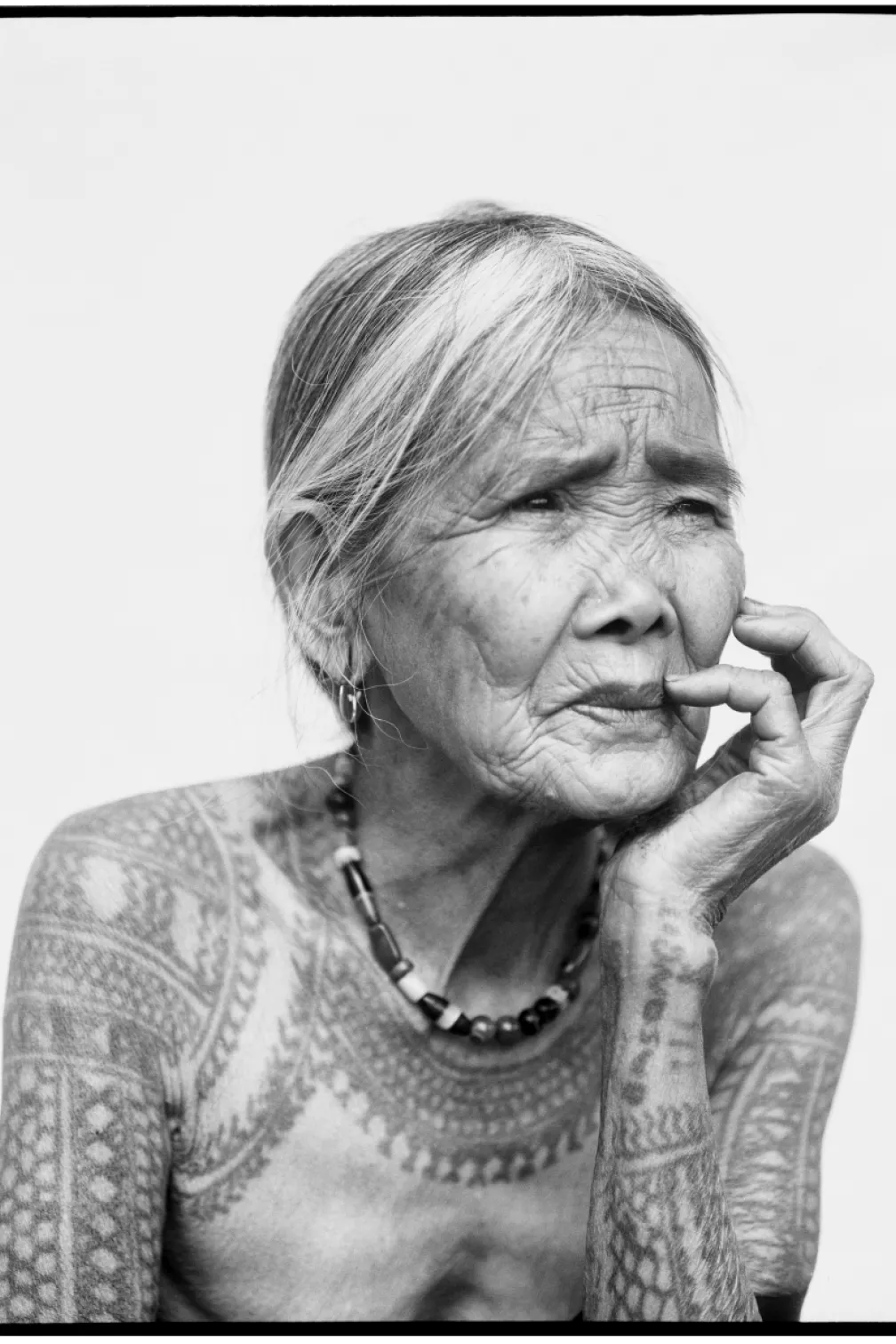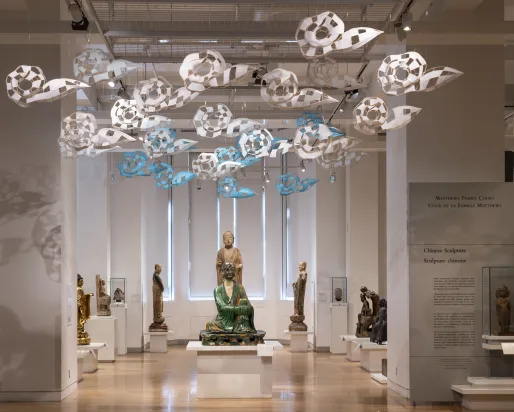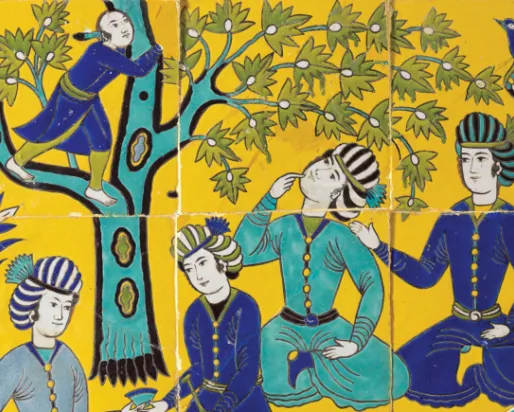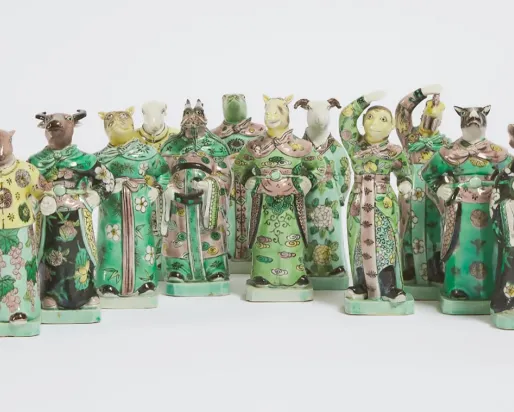Tattoos
Ritual. Identity. Obsession. Art.
Date
Location
About
For Belonging. For Devotion. For Life.
The practice of tattooing has evolved through cultural exchanges around the world, from those on the fringes of society to mainstream groups, from subculture trend to popular culture. Explore the fascinating history and evolution of tattooing in, Tattoos: Ritual. Identity. Obsession. Art. Opening April 2, 2016. Tattoos offers fascinating insights into ancient practices, histories, meanings and the revival of the global phenomenon of body art.
The Exhibition
Coming from the musée du quai Branly in Paris, where the exhibition received rave reviews, Tattoos: Ritual. Identity. Obsession. Art. explores the 5000-year-old multifaceted world of tattooing, showcasing a visual history of body art and markings, ancient tools, and commissioned tattooed silicone body reproductions, inked by some of the most respected tattoo artists in the contemporary world.
Whether you’re drawn to the history and beauty of body art, a passionate member of the tattoo community, or someone who wants to understand the world of tattooing, come discover the ink beneath the skin.
Global to Marginal
A cultural tradition worldwide, the legacy of tattooing is common among most cultures. During the Age of Discovery, European travellers in Asia, Oceania, and the Americas "rediscovered" tattoos, which then became popular among sailors and adventurers, and later associated with the fringes of society.
Art on the Move
It was the sharing of practices and styles between tattooists in Europe, Japan, and North America that pushed forward tattooing as artistic expression. The American invention of the electric tattoo machine changed the landscape entirely – possibilities were increased and reach was infinite. With inspiration from Japanese irezumi tattoos, a global reconstruction of tattooing was born.
Reviving Traditions
In Oceania and much of Asia, tattooing was largely abandoned in the 19th century as a result of colonization, missionary work, and changing societies. Now, indigenous tattooists meet travelling tattoo artists who are clearly bent on reviving ancient traditions. This cultural renewal is happening at an unprecedented level.
New Territories
New schools continue to emerge in the contemporary development of tattooing as art. Pushing the boundaries of detail and shading since 1977, the realist tattoo style of L.A. gangs takes its subjects from the chicano culture of Mexican-Americans. In China, tattooing has resurfaced in the 21st century, drawing aesthetic inspiration from pop culture as much as their vast heritage of cultural iconography.
Partners & Sponsors
This exhibition was developed and produced by the musée du quai Branly.
